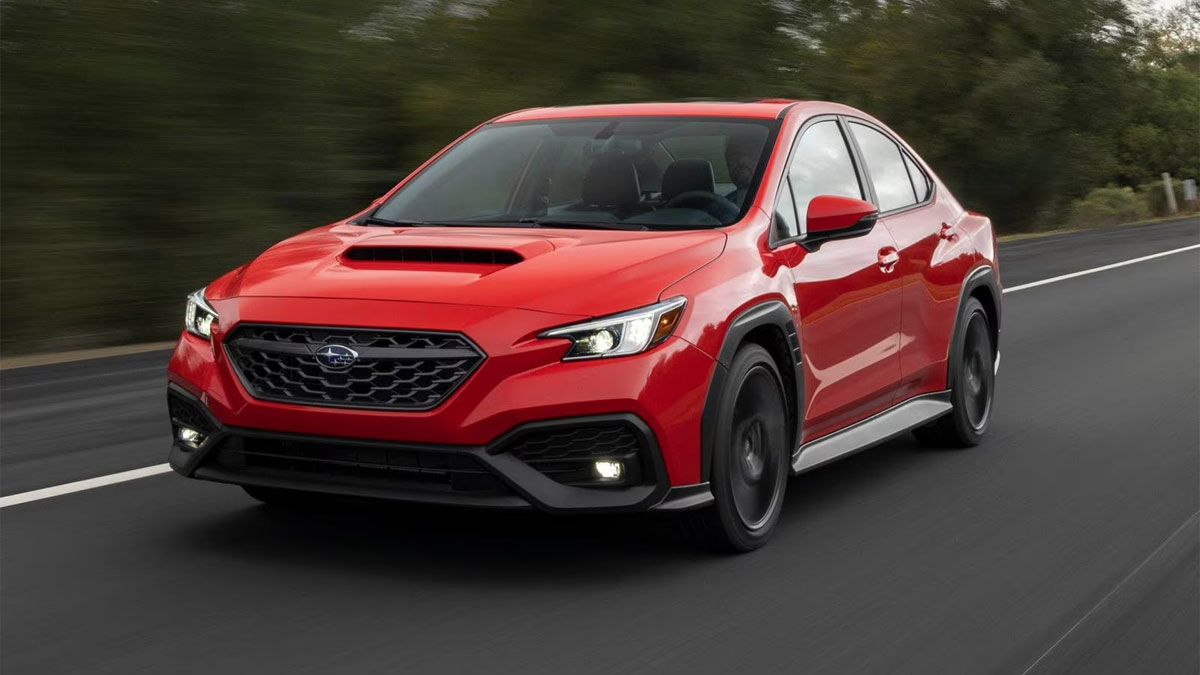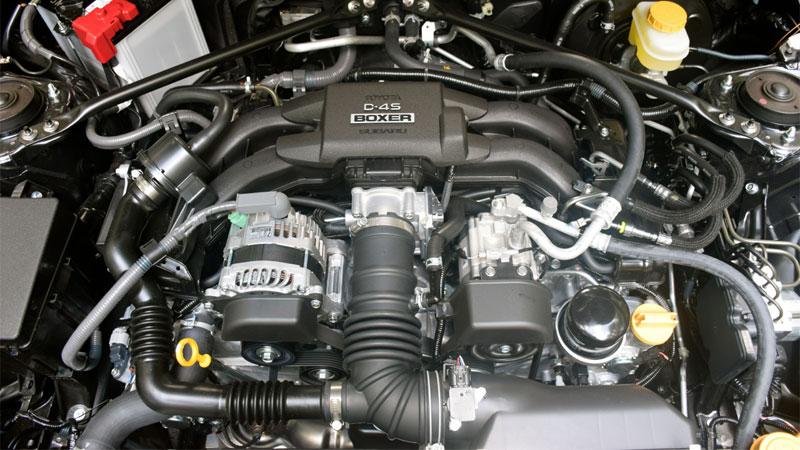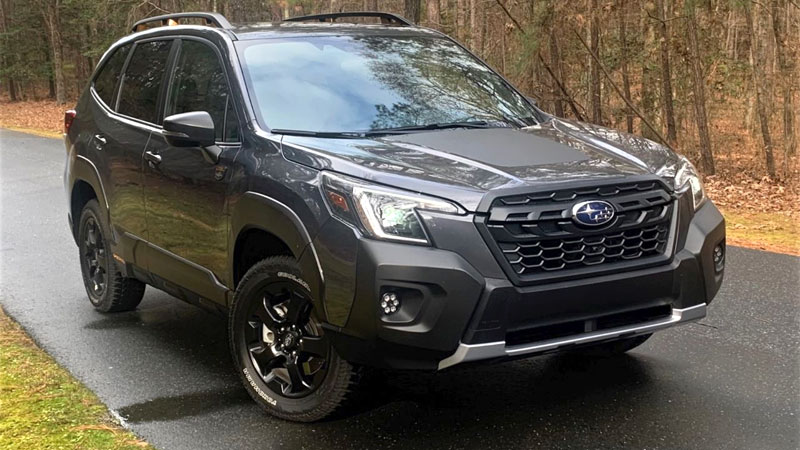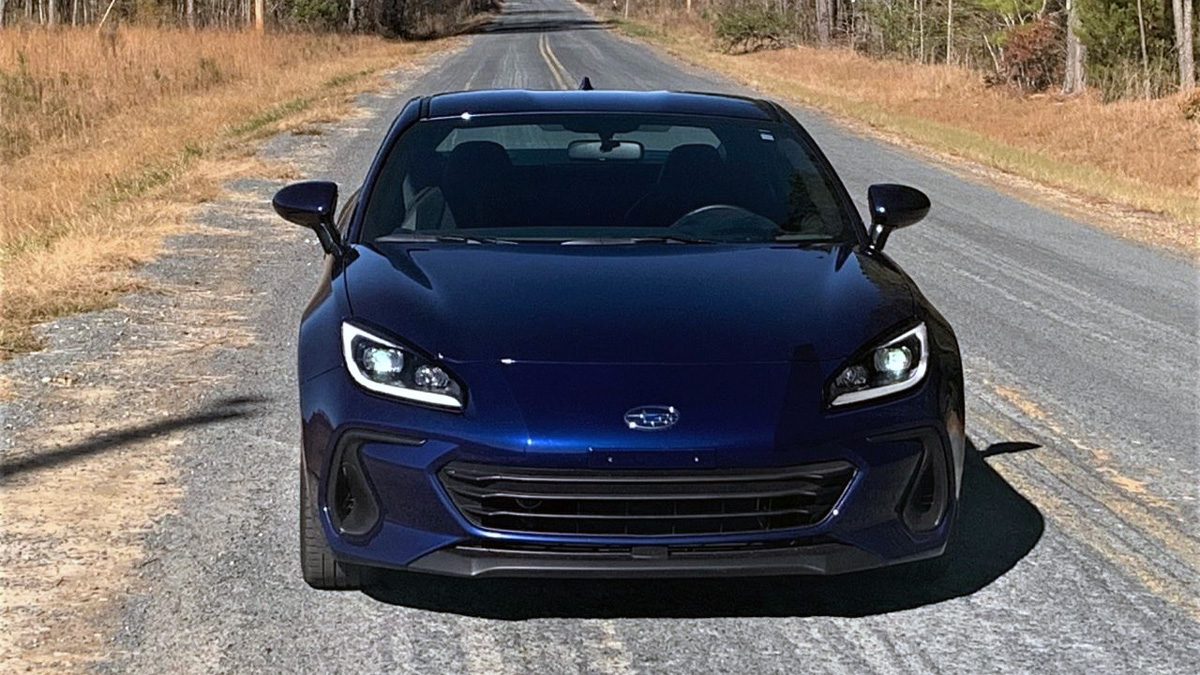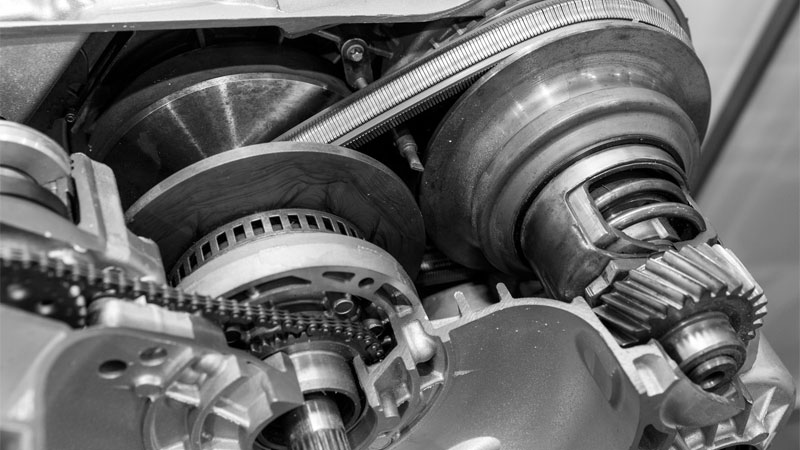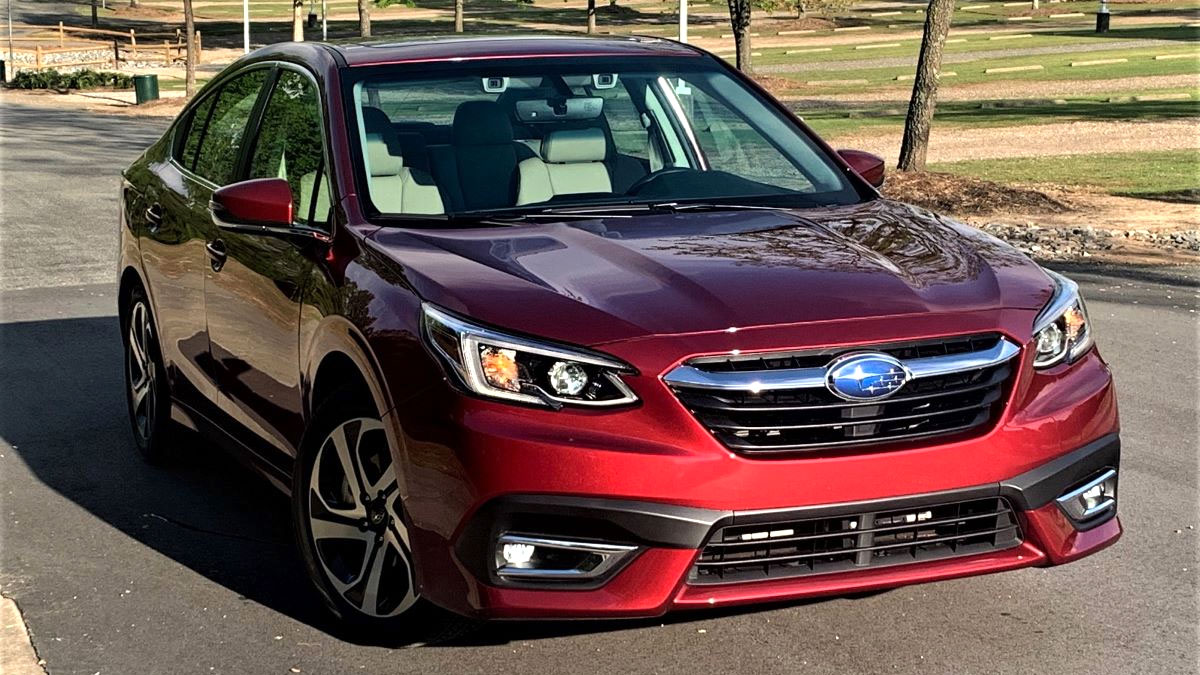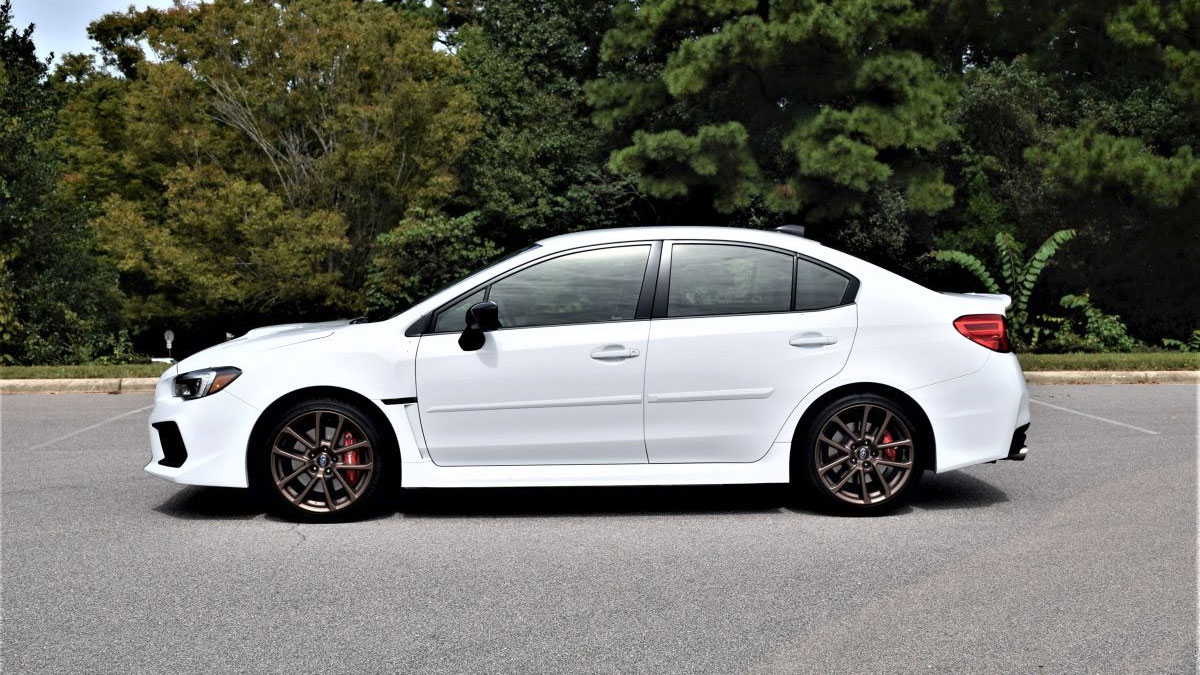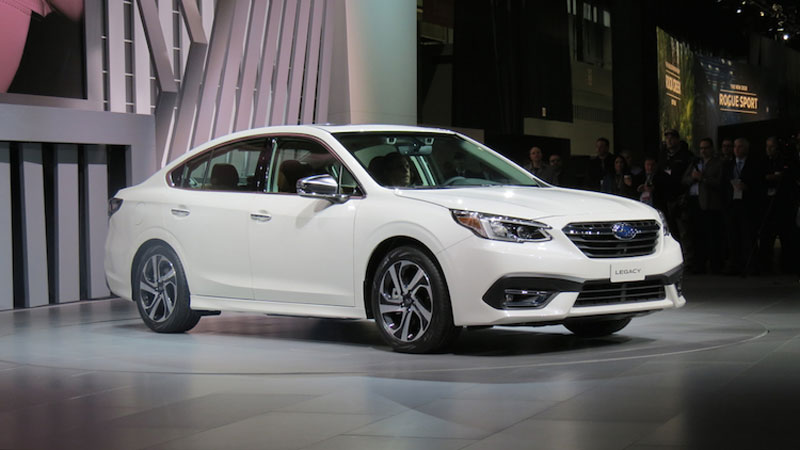Subaru’s Iconic WRX Grows Up Without Losing Its Edge in 2022
The 2022 Subaru WRX is a compact, performance all-wheel-drive machine. This year launches the fifth generation of the WRX, bringing with it a larger engine and an available adaptive suspension system. What is not coming back, at least not in gas-powered form, is the range-topping STI. 2022 Subaru WRX Review … Read more

